Determining which is harder, FIBA or NBA, depends on various factors like rules, competition level, and personal player experiences.
Rule Differences
When comparing the NBA and FIBA, it’s evident that the rules governing each organization differ in several key ways. These distinctions can greatly affect both the flow of the game and the strategies employed by teams.
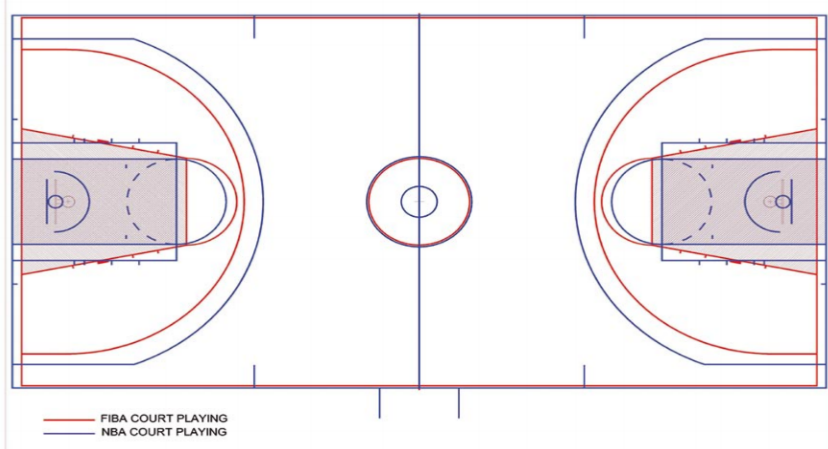
Key Rule Variances between FIBA and NBA
- Game Duration: NBA games consist of four 12-minute quarters, while FIBA games have four 10-minute quarters. This seemingly small difference can have a significant effect on player fatigue and rotation strategies.
- Shot Clock Duration: In the NBA, teams have 24 seconds on the shot clock to attempt a field goal. FIBA, however, grants teams only 14 seconds on an offensive rebound.
- 3-Point Line Distance: The NBA’s 3-point line is further from the basket compared to FIBA’s. This impacts shooting strategies and floor spacing.
- Foul Rules: In the NBA, a team is allowed to commit 4 team fouls per quarter before being penalized with free throws. In contrast, FIBA allows 5 team fouls per quarter.
- Goaltending: The NBA’s goaltending rules are stricter. In FIBA play, once the ball hits the rim, players can touch it, which is a considerable deviation from NBA rules.
Impact on Gameplay and Strategy
- Pace of Play: With shorter quarters and a different shot clock reset rule, FIBA games tend to be faster-paced than NBA games.
- Offensive and Defensive Strategies: The varying 3-point line distances mean that NBA teams often prioritize outside shooting more, leading to strategies like the “three and D.” NBA teams also have more time to set up their offensive plays due to the longer shot clock.
- Player Rotations: Due to the difference in game duration, coaches in FIBA might have slightly different rotation strategies to ensure their players remain fresh.
- Physicality and Fouling Strategy: Given the difference in team foul allowances, FIBA teams might employ a more aggressive defensive strategy compared to NBA teams.
Physical Demands
Basketball, regardless of the league, is a physically demanding sport. Yet, the specific demands vary between the NBA and FIBA due to different rules, game structures, and even playing styles. Let’s delve into these differences to understand the unique challenges players face in each league.
The Pacing and Intensity in Each League
- Game Duration and Impact: NBA games, with their longer duration, can lead to increased fatigue, requiring players to have high endurance levels. In contrast, FIBA’s shorter game time means players might experience bursts of higher intensity with slightly more frequent rest.
- Travel and Schedule: NBA teams often have rigorous travel schedules, with back-to-back games in different cities. This travel can impact player recovery and overall energy levels. Meanwhile, FIBA international tournaments might be condensed, demanding multiple games in a short span, but with less frequent long-distance travel.
- Training Regimens: NBA players typically undergo intensive training sessions throughout the season, focusing on both skill development and physical conditioning. FIBA players, especially those in national teams, might have varied training intensities based on their domestic league schedules and international commitments.
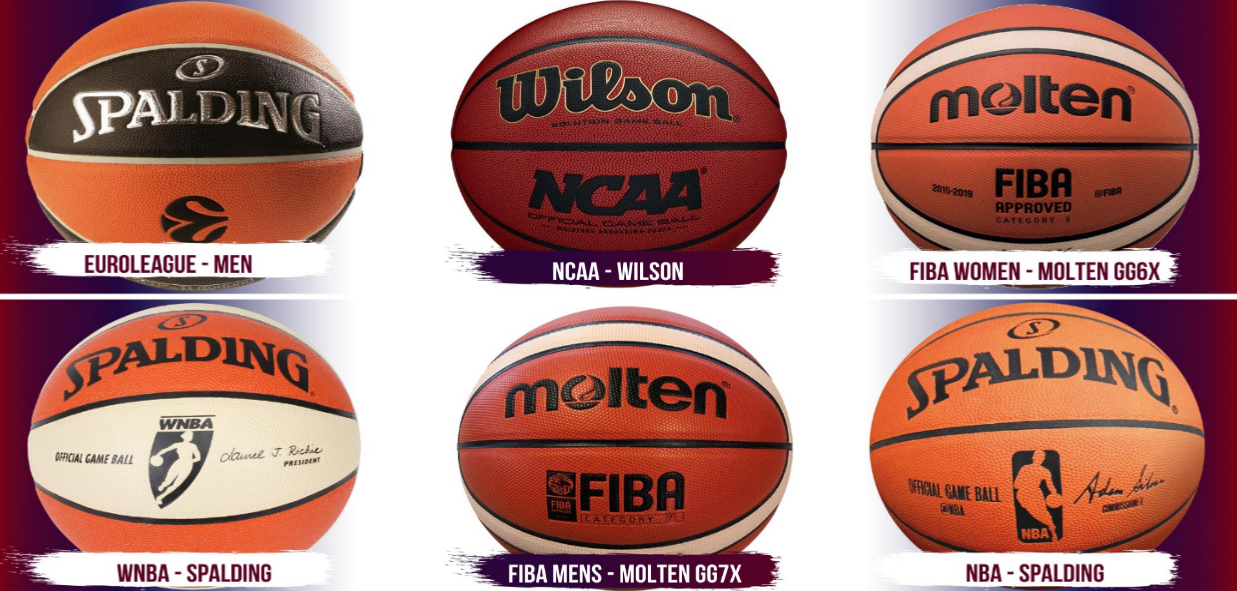
Injury Rates and Player Longevity
- Injury Prevalence: Given the NBA’s longer season (82 regular-season games), the risk of injuries can be slightly higher. Overuse injuries, in particular, are a concern due to the high number of games and minimal rest.
- Recovery Protocols: NBA teams, with their vast resources, often have state-of-the-art recovery facilities and medical teams. This infrastructure can help players return from injuries faster and extend their careers. FIBA players might have access to similar facilities, especially if they play in top European leagues, but the standards can vary.
- Career Longevity: Many NBA players have long careers, thanks to rigorous training, recovery protocols, and medical advances. Some players also extend their careers by transitioning to FIBA leagues, where the physical toll might be slightly less, allowing older players to remain competitive.
Talent and Competition
Basketball is a global sport, and talent can be found in every corner of the world. Both the NBA and FIBA house immense talent, but the depth and breadth can differ based on various factors. The exchange of players between these two entities has further blurred the lines of where the highest concentration of talent lies.
Depth of Talent in FIBA vs. NBA
- NBA’s Global Pull: The NBA has long been a magnet for global talent. Players from all over the world dream of competing in the NBA due to its prestige, exposure, and lucrative contracts. As a result, the NBA boasts a diverse group of athletes from multiple continents, representing the creme de la creme of basketball talent.
- FIBA’s Local Heroes: While the NBA draws international stars, FIBA leagues, especially domestic leagues in countries like Spain, Greece, and Turkey, have a deep roster of local talent. Many of these players have chosen to remain in their home countries or play in European leagues, strengthening the talent pool in FIBA-affiliated competitions.
- Youth Development: FIBA leagues have robust youth development programs, particularly in countries like Serbia, Spain, and Argentina. These programs have been breeding grounds for future stars, some of whom transition to the NBA. In contrast, the NBA relies on college basketball and recently, the G-League, for its youth development.
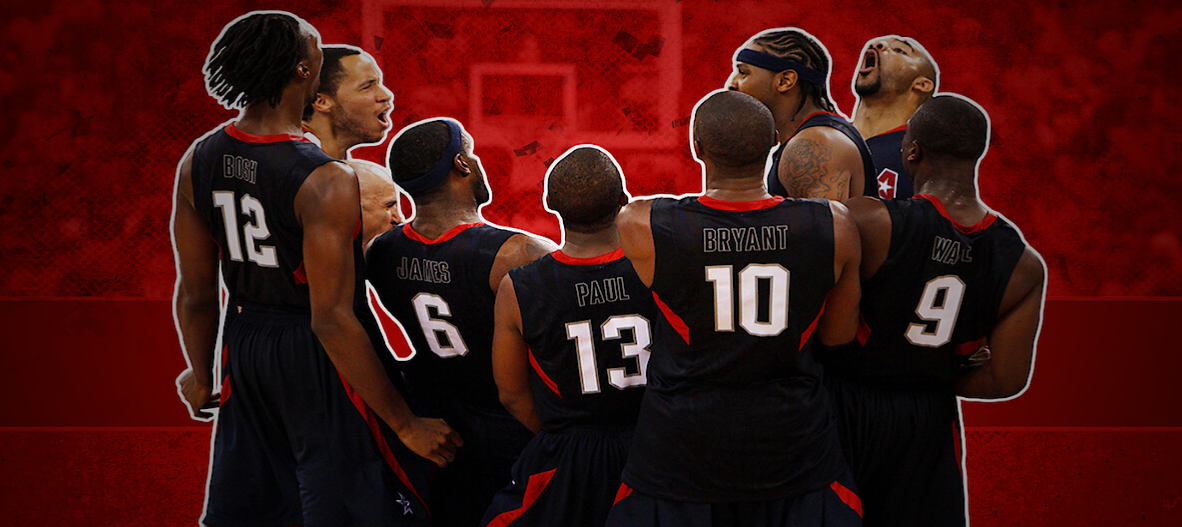
Notable Transfers between the Two Leagues
- From FIBA to NBA: Over the years, numerous stars from FIBA leagues have made successful transitions to the NBA. Players like Dirk Nowitzki, Manu Ginobili, and Pau Gasol initially made their mark in FIBA before becoming NBA legends.
- NBA to FIBA Journeys: There have also been instances of NBA players, either at the tail end of their careers or seeking a different experience, transitioning to FIBA leagues. Examples include Shane Battier playing in China and Rudy Fernandez shining in Spain’s ACB league.
- Dual Presence: Some players, such as Sergio Llull, have garnered interest from the NBA but chose to remain in their domestic leagues, occasionally playing in NBA Summer Leagues or participating in friendly matches.
Coaching and Strategies
The intricate dance of basketball revolves not just around the players on the court but also the minds orchestrating the moves from the sidelines. Both FIBA and the NBA have witnessed a rich tapestry of coaching styles, methodologies, and strategies. These approaches are deeply influenced by the rules, culture, and traditions of each league.
Dominant Coaching Styles in FIBA
- Emphasis on Team Play: European basketball, which forms a significant portion of FIBA competitions, is known for prioritizing fluid ball movement, team-oriented plays, and structured offenses. There’s a heavy reliance on systems and collective effort rather than individual brilliance.
- Defensive Rigor: FIBA coaches often emphasize tight, disciplined defenses. Man-to-man coverage is dominant, but there’s also a focus on zone defenses, exploiting the rule differences in FIBA to disrupt opponent offenses.
- Adaptability: Given the diverse nature of international basketball, FIBA coaches must be highly adaptable, tweaking their strategies based on opponents that might have vastly different styles of play.
- Notable Figures: Coaches like Ettore Messina and Željko Obradović have showcased the essence of FIBA coaching, achieving success through meticulous planning, adaptability, and fostering team unity.
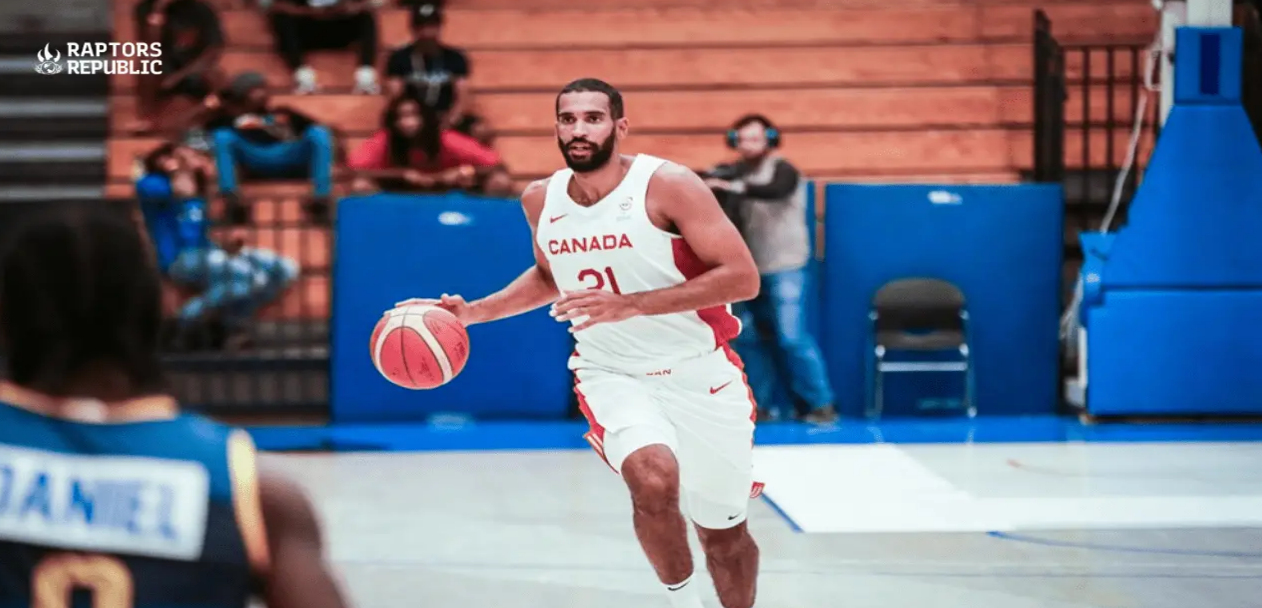
NBA’s Evolving Tactical Approaches
- Positionless Basketball: The modern NBA has seen a shift towards “positionless” basketball, where players’ versatility is harnessed to create mismatches. This evolution is a testament to the adaptability of NBA coaching.
- Three-Point Revolution: Coaches like Steve Kerr and Mike D’Antoni have emphasized the three-point shot, changing the NBA landscape. This outside shooting emphasis has led to the “pace and space” style, which prioritizes floor spacing and quick transitions.
- Player Empowerment: NBA stars often have significant influence on team strategy. Coaches collaborate closely with their star players, ensuring the system caters to their strengths.
- Load Management: In recent years, with an eye on player longevity and peak performance during playoffs, NBA coaches have adopted “load management” strategies, strategically resting key players during the regular season.
Economic Aspects
Basketball, like any major sport, is deeply intertwined with economics. Players, teams, and entire leagues operate within vast ecosystems of money, influence, and opportunity. Both the NBA and FIBA offer different economic landscapes, each with its own set of financial incentives, marketing opportunities, and challenges.
Salary Differences and Financial Incentives
- NBA’s Lucrative Contracts: The NBA, buoyed by massive television deals and high ticket sales, offers some of the most lucrative player contracts in the world of sports. Superstars can command contracts worth hundreds of millions of dollars over several years.
- FIBA’s Varied Pay Structures: Salaries in FIBA-affiliated leagues vary widely based on the country and the league’s prestige. For instance, top leagues like Spain’s Liga ACB or Turkey’s BSL offer competitive salaries, often tax-free, attracting a mix of domestic and international talent. However, smaller leagues might not provide the same financial rewards.
- Bonus Structures: Both NBA and FIBA teams often have bonus structures in place, rewarding players for on-court achievements, playoff appearances, and championships. FIBA’s international tournaments, like the FIBA Basketball World Cup, also come with significant financial incentives for participating nations.
Marketing and Endorsement Opportunities
- NBA’s Global Appeal: NBA players, especially the league’s top stars, have a global audience, leading to vast endorsement opportunities. Brands from around the world partner with these athletes, leading to deals that can sometimes rival or even surpass their playing salaries.
- FIBA’s Regional Strength: While FIBA players might not have the same global reach as NBA superstars, they can be immensely popular in their home countries or regions. This localized fame translates to endorsement deals with local and regional brands.
- League Sponsorships: The NBA has major partnerships with global brands, reflecting in jersey sponsorships, arena naming rights, and more. FIBA leagues, on the other hand, might have more localized sponsorships, tailored to the specific market they operate in.
- Merchandising: The NBA, with its extensive global fanbase, has a thriving merchandise market, from jerseys to sneakers. FIBA players, especially those representing national teams, also benefit from merchandising, though on a potentially smaller scale.
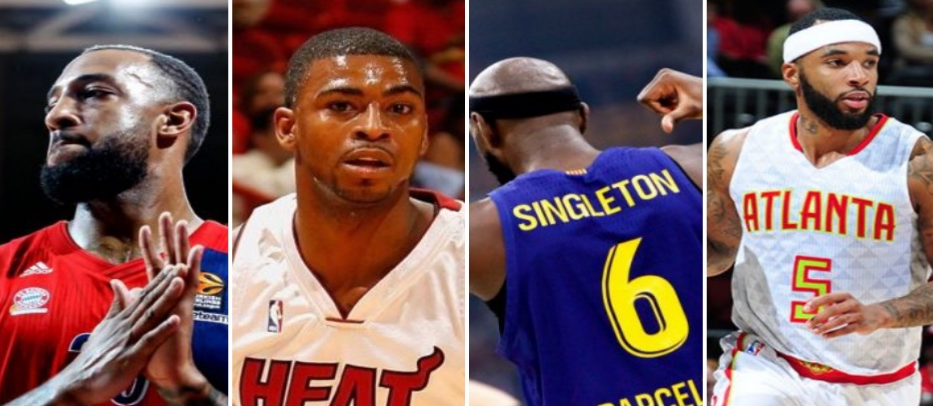
Cultural and Fan Influence
Basketball, beyond its physical and tactical facets, is deeply rooted in culture and community. Fans play a pivotal role in shaping the atmosphere of the game, while cultural nuances can influence players’ behavior, performance, and even their interaction with the sport. The NBA and FIBA offer different cultural contexts, each with its unique vibrancy and challenges.
The Role of Fans in FIBA and NBA Games
- NBA’s Celebrity Courtside Culture: The NBA has a distinctive courtside culture, where celebrities often grace the front rows. These high-profile fans, from film stars to musicians, add a layer of glamour to the games and often engage in friendly banter with the players.
- FIBA’s Passionate Ultras: Many FIBA-affiliated leagues, especially in Europe, have fan groups known as ‘ultras’. These fans are renowned for their passionate, sometimes intense support. They create a vibrant atmosphere, complete with chants, tifos, and synchronized displays, reminiscent of soccer fandom.
- Home-Court Advantage: Both in the NBA and FIBA competitions, the home team fans play a crucial role. Their energy can invigorate home players while potentially intimidating visiting teams. Iconic arenas like the NBA’s Madison Square Garden or FIBA’s Belgrade’s Kombank Arena are known for their electric atmospheres.
- Fan Interactions: Post-game interactions differ as well. While NBA players often engage with fans through signings and merchandise tosses, FIBA players might have more intimate interactions, especially in smaller arenas or local leagues.
Influence of Culture on Player Performance and Behavior
- NBA’s Melting Pot: The NBA is a confluence of cultures, with players hailing from various countries and backgrounds. This diversity brings a unique blend of playing styles, celebrations, and even pre-game rituals.
- FIBA’s National Pride: Representing a country or playing in one’s domestic league brings with it a sense of national or regional pride. Players often exhibit behaviors deeply rooted in their culture, be it through on-court celebrations, interactions with fans, or even the way they handle pressure.
- Cultural Etiquettes: Players moving between FIBA and NBA need to be aware of cultural nuances. For example, certain gestures or behaviors acceptable in one league or country might be frowned upon in another. Understanding and respecting these differences is key to a player’s success and integration.
- Media and Communication: How players interact with the media can also be influenced by culture. While NBA players might be used to intense media scrutiny and have PR training, FIBA players, depending on the league and country, might have different types of media engagements.
Notable Moments and Games
Basketball, as with any sport, has its defining moments and games that etch themselves into the annals of history. These pivotal instances capture the essence of competition, showcasing the highs and lows, the triumphs and heartbreaks. Both the NBA and FIBA have given fans unforgettable memories, shaping the narrative of basketball on the global stage.
Memorable FIBA-NBA Encounters
- Dream Team’s Dominance: The 1992 Barcelona Olympics introduced the NBA’s “Dream Team” to the world, a star-studded roster that dazzled fans and dominated opponents. Their encounters with FIBA teams not only showcased the prowess of NBA talent but also put global basketball on the map.
- 2004 Olympic Upset: In the Athens Olympics, the USA NBA-laden team experienced a shock defeat at the hands of Argentina in the semi-finals, reflecting the rising talent in FIBA leagues and the narrowing gap between the two basketball worlds.
- Global Games and Preseason Encounters: The NBA Global Games often feature matchups between NBA franchises and top FIBA clubs. These encounters, though mostly friendly, offer fans a chance to see how their local teams measure against NBA powerhouses.
Moments that Defined the Distinctiveness of Each League
- NBA’s Iconic Playoff Battles: From Michael Jordan’s “Flu Game” to LeBron James’ block in the 2016 Finals, the NBA playoffs have been a stage for some of basketball’s most iconic moments.
- FIBA’s World Cup and EuroBasket Heroics: Moments like Yugoslavia’s triumph in the 2002 FIBA World Cup or Spain’s dominance in recent EuroBasket tournaments highlight the passion and intensity of FIBA competitions. Players like Dirk Nowitzki and Pau Gasol have left indelible marks with their performances in these tournaments.
- Cultural Celebrations: While the NBA has its slam dunk contests and All-Star weekends, FIBA boasts its own set of memorable moments, especially during international tournaments. The celebrations, fan interactions, and even on-court displays often have a cultural twist, reflecting the host nation or the competing teams’ traditions.
Players’ Perspectives
For most basketball enthusiasts, their understanding of the NBA and FIBA is derived from broadcasts, analysis, and stats. However, players who’ve dipped their feet into both waters offer a unique and firsthand perspective. Their experiences, challenges, and adjustments provide invaluable insights into the intricacies that differentiate the two leagues.
Interviews and Quotes from Players Who Have Experienced Both Leagues
- Manu Ginóbili: The Argentine legend, after a successful NBA career with the San Antonio Spurs, has often reflected on his times in the Italian League and with the Argentine national team. Ginóbili once mentioned, “The NBA taught me discipline and professionalism, while playing for Argentina and in Italy taught me passion and the importance of tactics.”
- Pau Gasol: The Spanish power forward, having played in both the NBA and the EuroLeague, remarked in an interview, “The NBA is like a marathon with its long season and intense games. Europe, especially the international competitions, feels like a sprint where every game is a final.” Source
- Ricky Rubio: Before joining the NBA, Rubio dazzled in the Spanish Liga ACB. He noted, “The style of play, fan engagement, and even the feel of the ball are different. It’s not about which is better; it’s about understanding and adapting.”
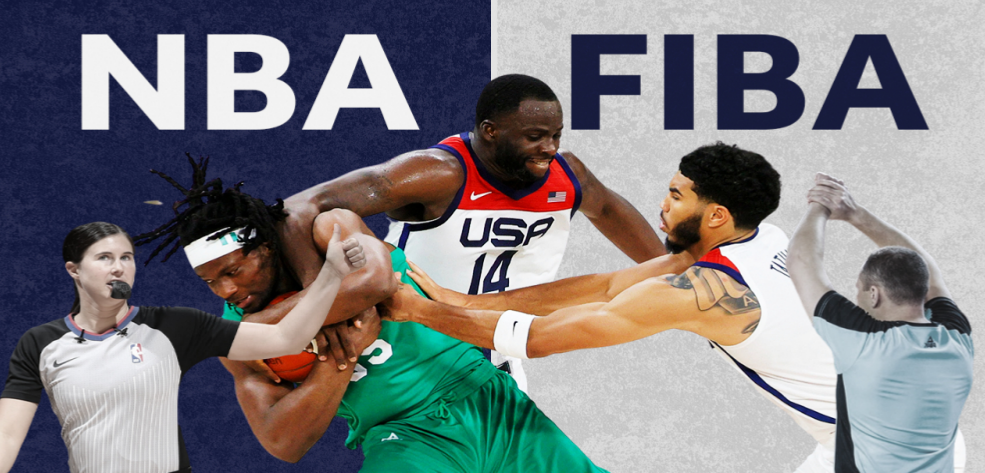
Adjustments and Challenges Faced by Players
- Game Speed and Physicality: Players often comment on the difference in game pace between the two leagues. While NBA games can be fast-paced with an emphasis on athleticism, FIBA-affiliated leagues might put a heavier focus on strategy and ball movement.
- Tactical Nuances: Defensive three-second violations, differences in shot clock duration, and distinct foul rules mean that players need to adjust their gameplay and decisions accordingly.
- Travel and Lifestyle: The NBA’s rigorous 82-game season often leads to back-to-back games and extensive travel. In contrast, FIBA leagues, especially domestic ones, might not be as demanding in terms of travel but come with their own set of challenges, like adjusting to different cultures, languages, and even local cuisines.
- Fan Interaction: As mentioned earlier, the way fans engage during games can be different. While NBA players are accustomed to the limelight and constant media attention, in some FIBA leagues, the interaction can be more direct and intimate, adding another layer for adjustment.
The journey of a player navigating the waters of both the NBA and FIBA is filled with learnings, challenges, and moments of self-discovery. Their narratives shed light on the underlying nuances that stats and game analysis might overlook.

